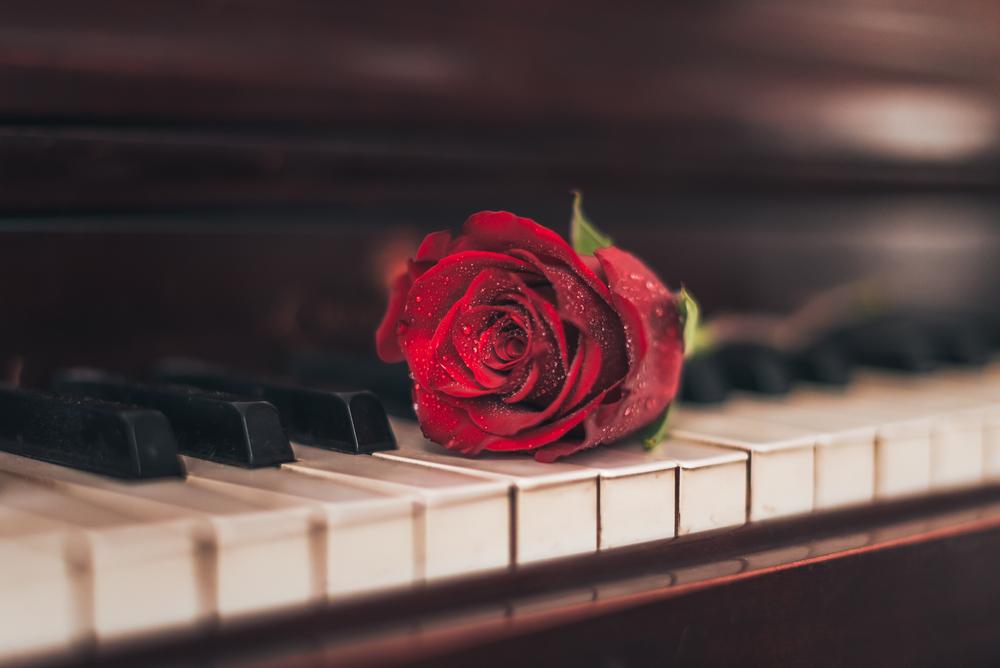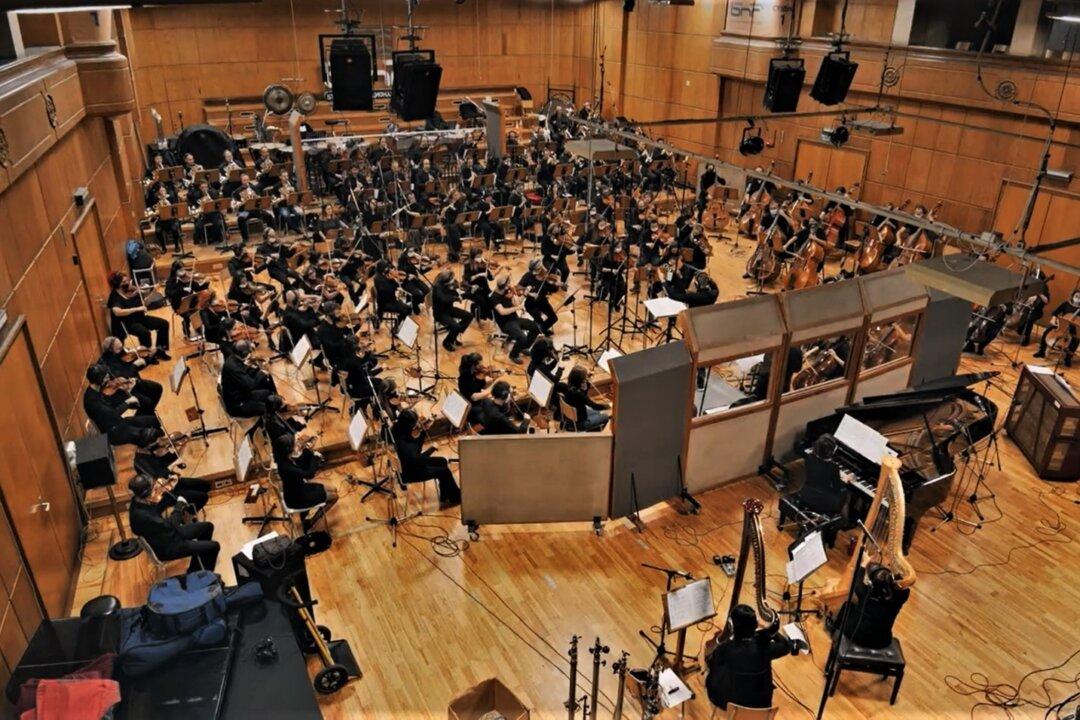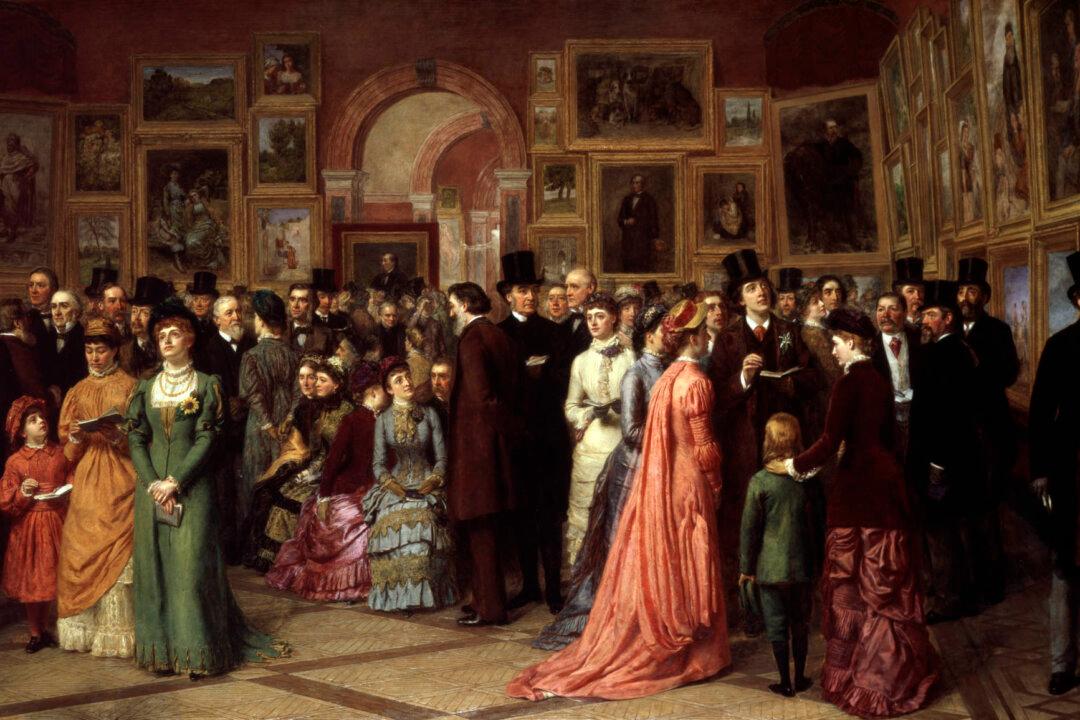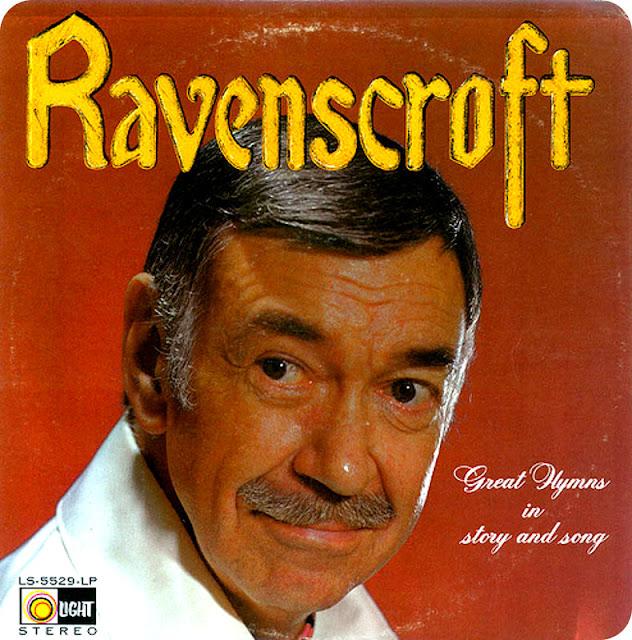It’s that time of year, when I love to putter about in my garden, which somehow feels simpatico with the creativity of composing music. As a matter of fact, a number of great composers have loved nature’s flora and have responded to it with music. It would be lovely to explore some flower-inspired compositions, but we should first look at the soil in which they grow: the composers’ working methods.
When you think about it, it’s rather remarkable that flowers can somehow translate into music. To paint a picture of flowers is one thing, but it’s quite another to transform them into the entirely different medium of sound. Flowers must enter the eyes and nose of the composer and, by some alchemy, come out as lovely music, with all the delicacy and grace of pink petals. Some composers seem to possess the transformative ability Frances Hodgson Burnett wished for in “The Secret Garden”: “I am sure there is Magic in everything, only we have not sense enough to get hold of it and make it do things for us.”






